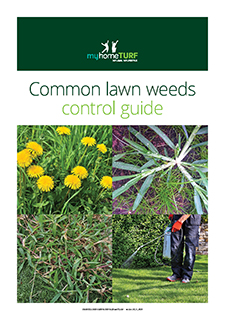What are Perennial Weeds?
Perennial Weeds are longer lived plants that can survive winter or regrow from roots, rhizomes or tubers in spring after a period of dormancy. Many weeds that grow from seed ...

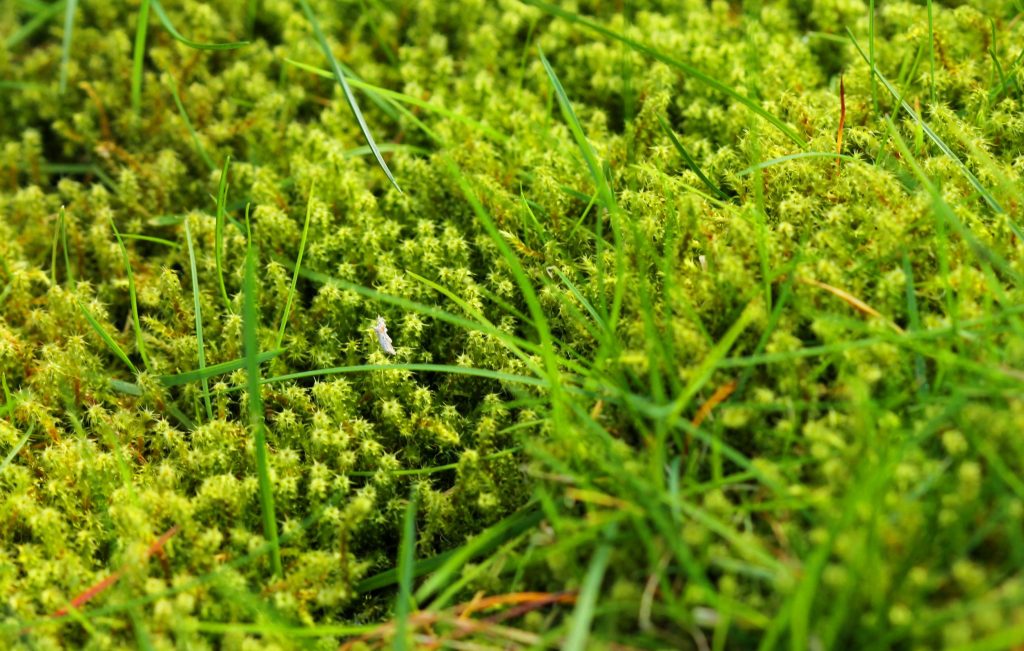 Moss is sure to become very prevalent during winter when conditions are wet, shady and cool enough to encourage growth.
Moss is sure to become very prevalent during winter when conditions are wet, shady and cool enough to encourage growth.
Mosses are small, non-vascular flowerless plants that typically form dense green clumps or mats, often in damp or shady locations, such as a wet, shaded lawn.
Individual Moss plants are usually composed of simple leaves that are about one cell thick, attached to a stem that may be branched or unbranched and whose only role is to conduct water and nutrients.
If your lawn’s underlying soil is compacted and clayey and doesn’t drain well, it can remain excessively wet after rainfall which is ideal for Moss growth.
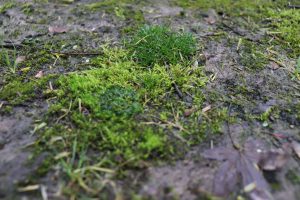
Feeding your lawn using a composite lawn feed that contains nitrogen, phosphorus and potassium (NPK) is an option for controlling Moss as this encourages good lawn health. Apply some quality lawn fertiliser at the manufacturer’s recommendations.
Alternatively, if you want to control moss organically, you can apply a handful of bone meals per square metre to your lawn during winter- this is a good source of phosphorus for the soil.
In the spring, to organically control moss apply well-rotted, crumbly leaf compost or leave the clippings on the lawn every second time you cut the grass – this method returns nitrogen to the soil.
Raking your lawn also helps to remove and control Moss as it pulls out all the dead vegetation and removes thatch (dead grass and weeds).
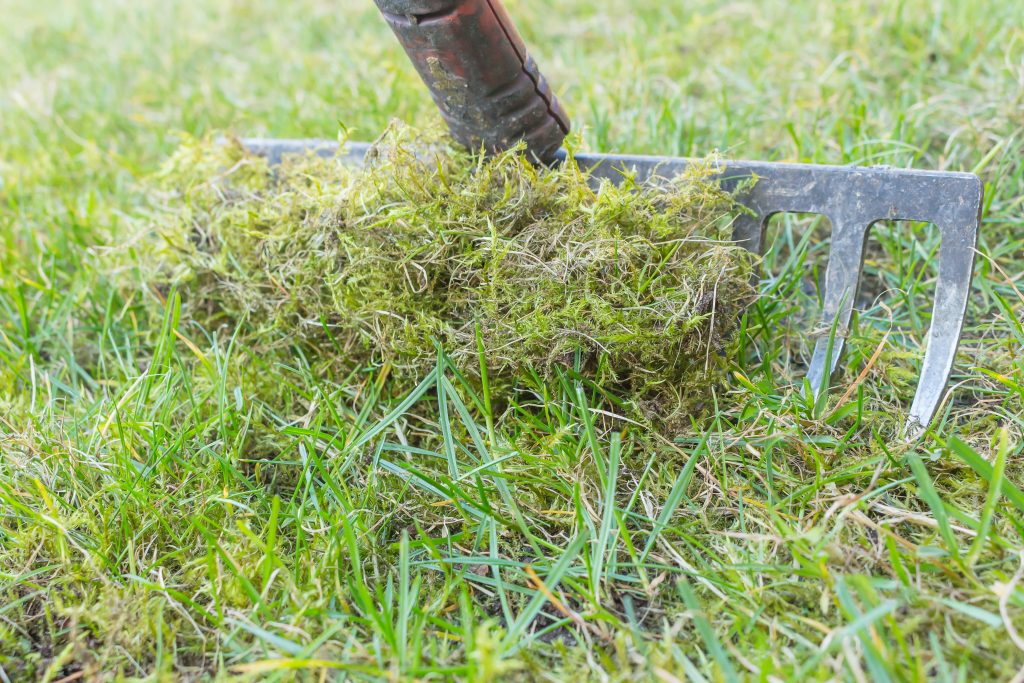
Improving soil drainage through aeration is another key method and can be performed with either a hand fork or special shoe aerators which can be easily applied to your boots.
Aeration is an important part of maintaining a healthy lawn and allowing it to be porous enough for oxygen, water and nutrients to penetrate down to the root zone.
Summer, autumn, winter and spring are all times when aeration can occur to differing degrees.
Mixing water and dish soap and spraying the Moss with it, is also another method often used to kill Moss.
If none of the above work, use a Moss Killer that contains Iron Sulphate – ask your Local Garden Nursery for advice.
Your lawn’s soil may be deficient in iron and as Moss doesn’t like it an application of Iron Sulphate can cause the Moss to die off.
In the future, to prevent moss growth ensure good drainage by aerating your lawn and where possible remove shade cover.
Also, to prevent future Moss growth in your lawn perform a soil test to see if it needs lime to reduce soil acidity and encourage healthy growth.
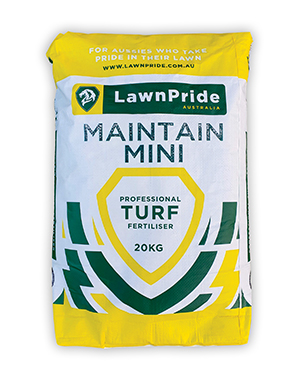
Lawn Pride Maintain Mini 26-2-9 + 3.4 Fe 20kg is one of the most popular granular all-round lawn fertilisers on the market with the active ingredients of Nitrogen (N – 26), Phosphorus (P – 2), Potassium(K – 9) and Iron (Fe – 3.4). Suitable for Zoysia, Kikuyu, Couch and Buffalo grasses. Always read the safety directions and instructions on the product label before use.
SHOP NOWSign up for our Newsletter to receive your free guide.
